Launching localized décor distribution involves more than just logistics. This guide walks importers through the key steps of distributing wooden world map wall art in new markets – from curating a local-language assortment to mastering retail-ready packaging and pricing tiers. Learn how to leverage localization for a market advantage, negotiate exclusivity with suppliers, and plan for smooth imports under global trade terms. Use this as your distribution playbook to hit the ground running.
1. Why Localization Gives an Advantage
Entering a new market with a localized product can give you a competitive edge. Consumers respond better to décor that speaks their language and culture. For example, having country names, captions, or instructions in the local language makes the wooden world maps more relatable and easier to understand, which in turn boosts sales by reducing customer confusion . Localization isn’t just linguistic – it can mean aligning the map’s design with local preferences (such as colors or regional highlights) to create a wow factor for that audience. In short, a localized assortment shows you’ve done your homework on customer needs, giving you an advantage over generic imports. It can also help you meet local regulations (like language requirements on packaging or inserts) and avoid any legal snags when selling in that country.
2. Assortment and Language Mixes (Cases M/L/XL)
Building the right assortment is crucial. Wooden world maps often come in multiple sizes – typically M, L, and XL – and in different language versions. As a distributor, plan a language mix that reflects your market’s needs. For instance, you might carry an English version for international schools or expats alongside the native language version for local customers. Case packs could be configured in ratios (e.g. for every XL display piece, stock 2 L and 3 M size maps) to ensure a balanced inventory. Take into account that M (Medium) maps cater to home offices or small rooms, L (Large) is the all-purpose bestseller for living rooms, and XL (Extra Large) makes a statement in public spaces or stores. By offering all three, you cover both impulse buyers (who may opt for M or L as gifts or souvenirs) and project buyers (like businesses wanting an XL for a lobby). Ensure you can mix languages in one order – for example, if you distribute to a bilingual region, order half in one language and half in another, as long as it meets the minimum order quantities (more on MOQ in the FAQ). Real-world case: a distributor launching in Europe might start with a mix of 70% local-language maps and 30% English, adjusting those ratios as sales data comes in.
3. Packaging and Documents (Retail-Ready, EAN, Line-Sheet)
Having retail-ready packaging is a must when you distribute décor products to stores. This means the wooden maps should arrive in packaging that is both protective and shelf-presentable – typically a sturdy, nicely designed box with branding and product info. Barcodes (EAN/UPC) should be printed on each box for scanning at retail; confirm that your supplier can provide unique EAN codes for each SKU (different sizes and finishes). Ask the manufacturer for a line sheet– a simple product catalog or data sheet listing all variants, SKU numbers, case dimensions, and wholesale prices. A line sheet helps both you and your retail clients quickly see the assortment details at a glance. Additionally, ensure all necessary documents are in order: instruction manuals or mounting guides should be translated appropriately; any required certificates or compliance stickers (like CE marking in Europe) should be on the packaging. Retailers appreciate when products are “plug and play” – meaning you deliver them ready to go on shelf with minimal extra handling. If you plan any private label distribution (selling under a store’s brand), coordinate with the supplier early about packaging modifications, like using the retailer’s logo or custom packaging designs.
4. Pricing, Tiers, Exclusivity, and KPIs
Setting the right pricing structure will determine your profitability and market penetration. Work with the manufacturer to establish landed cost (including product cost, shipping, duties) and then set wholesale prices that allow both you and retailers to have healthy margins. Often, tiered pricing is used: for example, a basic wholesale price for standard orders, and volume break discounts at higher order quantities. Define clear MOQs (Minimum Order Quantities) for retailers – e.g. a minimum of 10 maps per order or per SKU – to ensure efficient batch shipping.
If you’re seeking to be the exclusive distributor in a region, be prepared for the obligations that come with exclusivity. Suppliers may require sales targets or KPIs to grant and maintain exclusivity. This could mean committing to import a certain number of units per quarter or achieving market coverage metrics. Exclusivity agreements usually define the territory and duration, and may include clauses like “distributor must purchase at least X units/year to retain exclusive rights.” These targets align both parties towards growth and prevent the market from being under-served. Keep track of sell-through rates, retailer feedback, and reorder frequency – these data points are your KPIs to share with the supplier, demonstrating market performance. On pricing, also consider MSRP/RRP alignment: discuss the recommended retail price with the supplier to ensure it fits the local market’s expectations and doesn’t conflict with any direct online sales. Transparency in pricing tiers (distributor price → retailer wholesale price → MSRP) builds trust across the chain.
5. Logistics and Incoterms (Brief Overview)
Importing wall décor involves navigating international shipping and trade terms. Decide early which Incoterm you’ll use with the manufacturer – common choices are EXW (Ex Works), FOB (Free On Board), or DDP (Delivered Duty Paid). For instance, FOB at the supplier’s port means they handle export customs and loading on the vessel, and you handle everything from that port onwards. DDP would mean the supplier delivers all the way to your door, including import duties – convenient but usually at a higher cost. If you are new to logistics, consider working with a freight forwarder who can consolidate shipments (especially if maps are coming from overseas factories). Wooden world maps can be bulky; check how many fit on a pallet and optimize your container loads. Ensure compliance with any wood product import regulations (some countries require fumigation certificates if the product includes wood or plywood, though finished décor usually isn’t an issue). Plan for lead times: standard production lead might be 2-4 weeks if not in stock, plus shipping (which by sea could be another 4-6 weeks). Align this with your retail partners’ schedules, especially for peak seasons. Quick note on storage: allocate warehouse space for the palletized product and have a system (even a basic spreadsheet or inventory software) to track stock by SKU and language version. Efficient logistics and clear Incoterms will save you from costly misunderstandings and delays.
Ready to become a distributor? Request the distributor price list to get started with wholesale pricing and terms.
FAQ (Importers & Distribution):
-
Q: What is the typical MOQ (Minimum Order Quantity) for a distributor?
A: The MOQ depends on the supplier, but generally for wooden world maps it might be around 10–20 units per SKU or a certain total value (e.g. $1,000 worth of goods). This ensures production and shipping are cost-effective. Some suppliers allow a mix of sizes and languages to reach MOQ.
-
Q: Can I mix languages in one bulk order?
A: Usually yes. Most manufacturers offer multiple language options and let importers create a mixed pallet. For example, you could order half the maps with English labels and half with local language labels. Just ensure each variant meets any sub-MOQ (e.g. at least 5 pieces per language or design).
-
Q: What lead time should I expect for orders?
A: Lead time can vary. If the supplier has stock, orders can ship within 1-2 weeks. For made-to-order or customized localization, production might take 3-4 weeks. On top of that, add transit time: ~1 week by air, or 4-6 weeks by sea freight. Always buffer extra time for customs clearance.
-
Q: Is it possible to get exclusive distribution for my country?
A: Many suppliers are open to exclusive agreements if you can commit to volume. You’ll likely need to agree to annual sales targets or minimum purchase quantities to keep exclusivity. It’s best to start a discussion with the supplier – if you can prove you’ll actively market and grow the brand in your region, they may grant you exclusive rights for that territory.
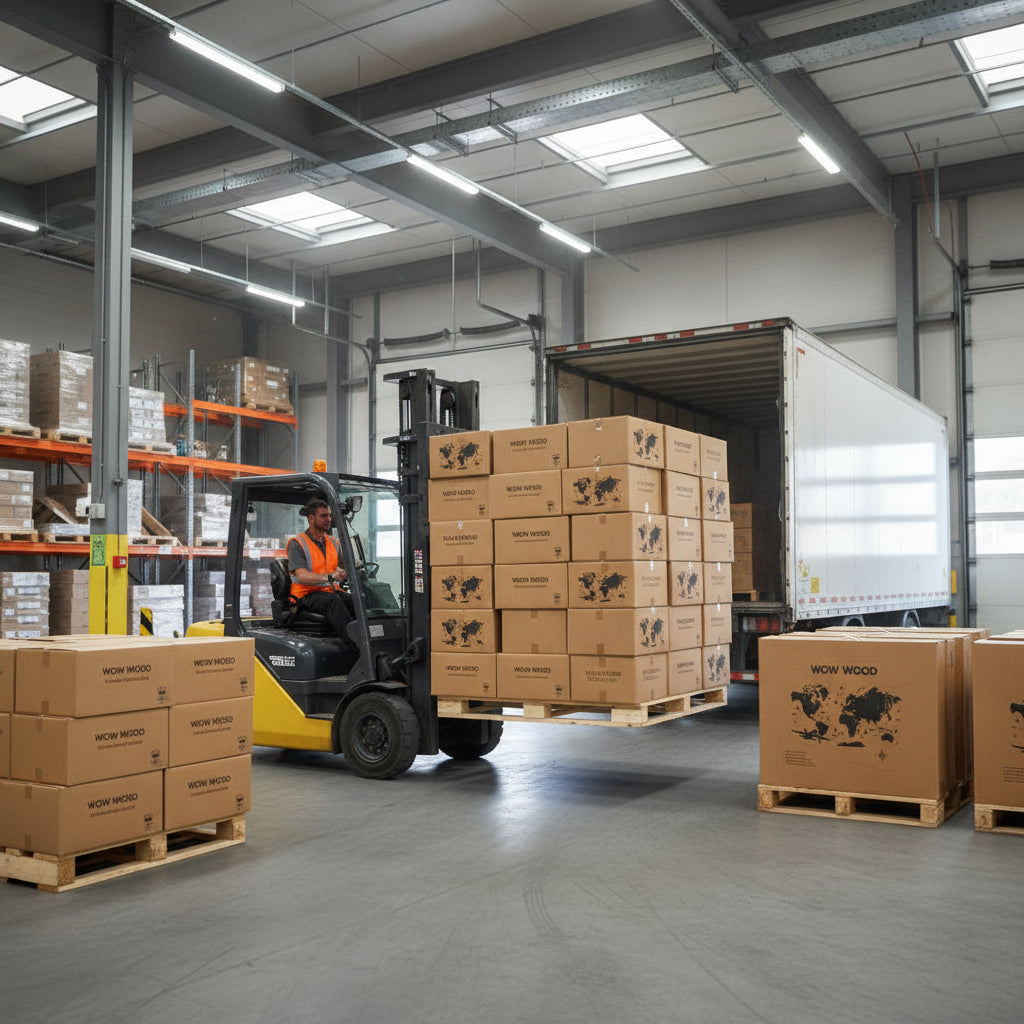
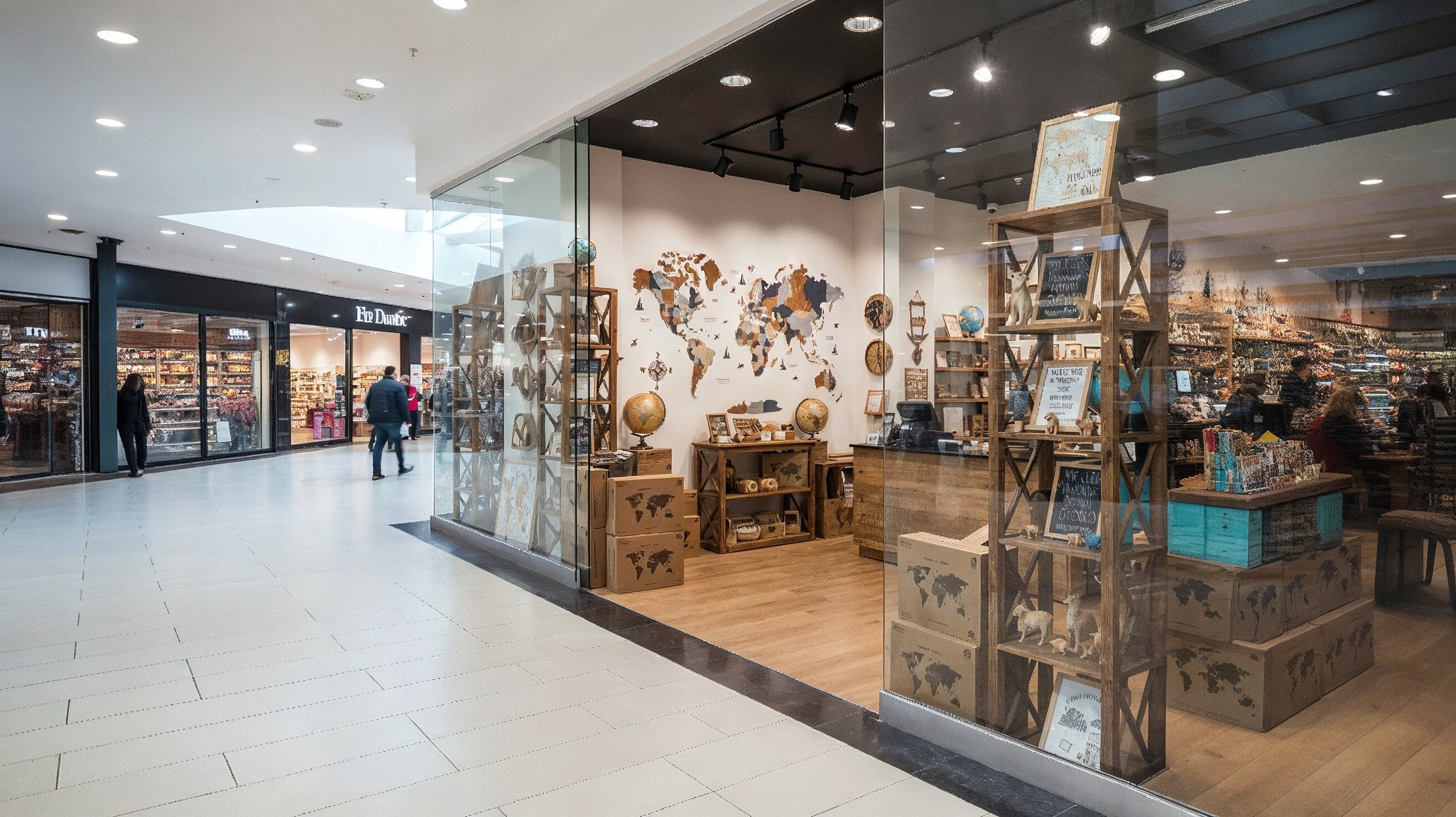
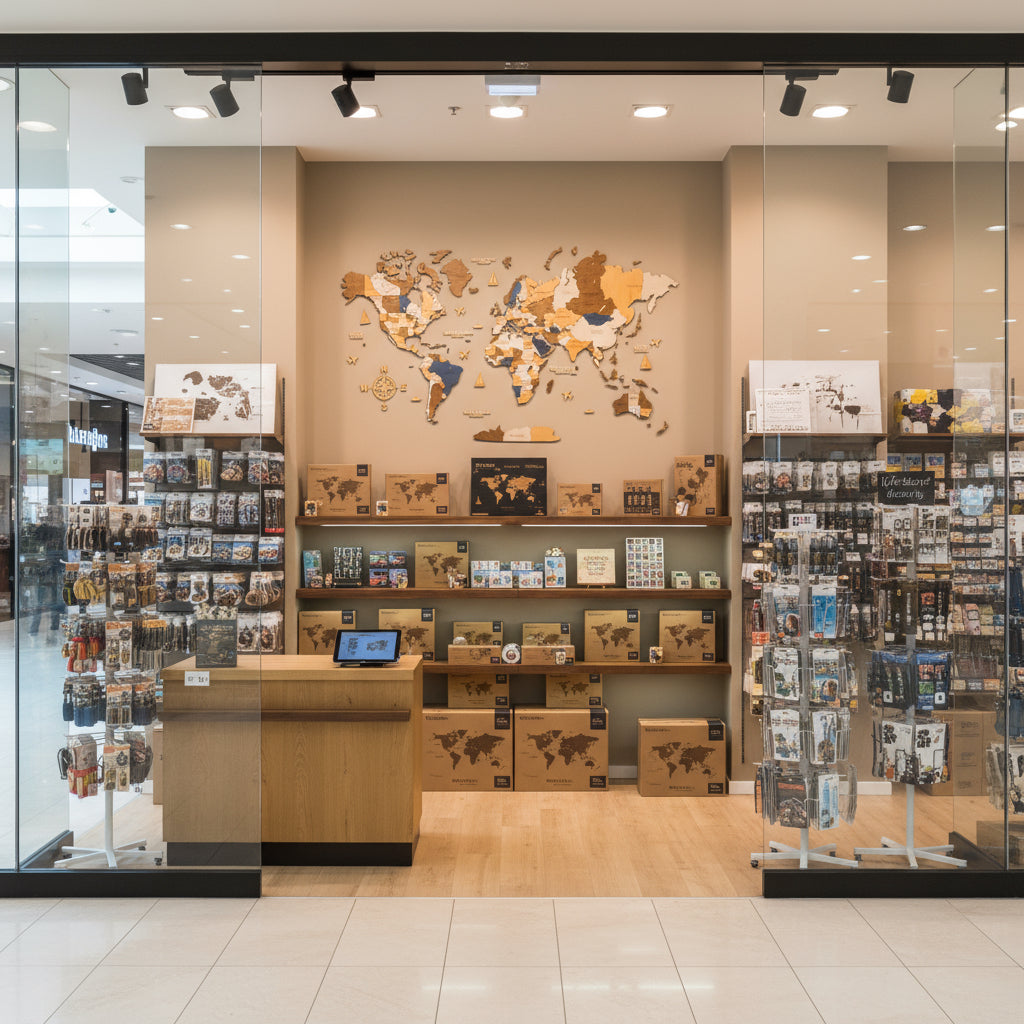
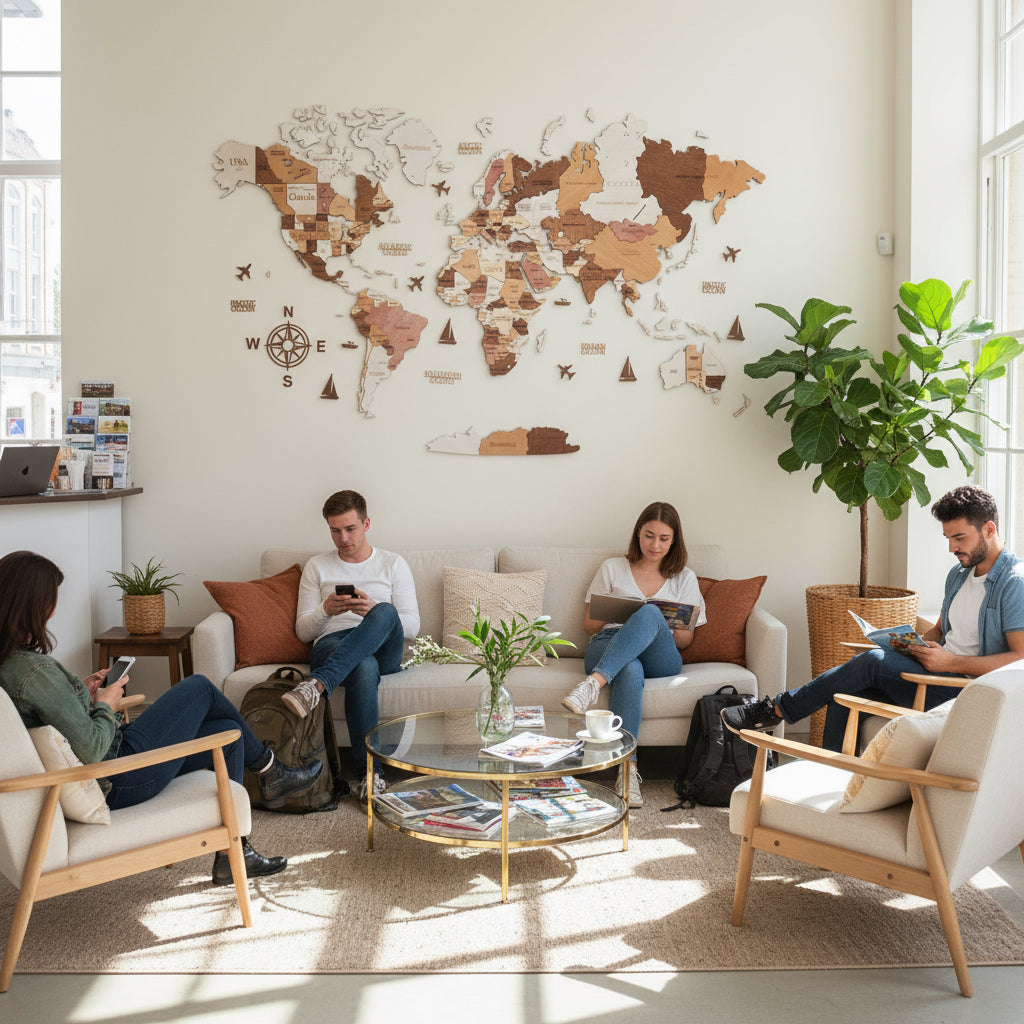
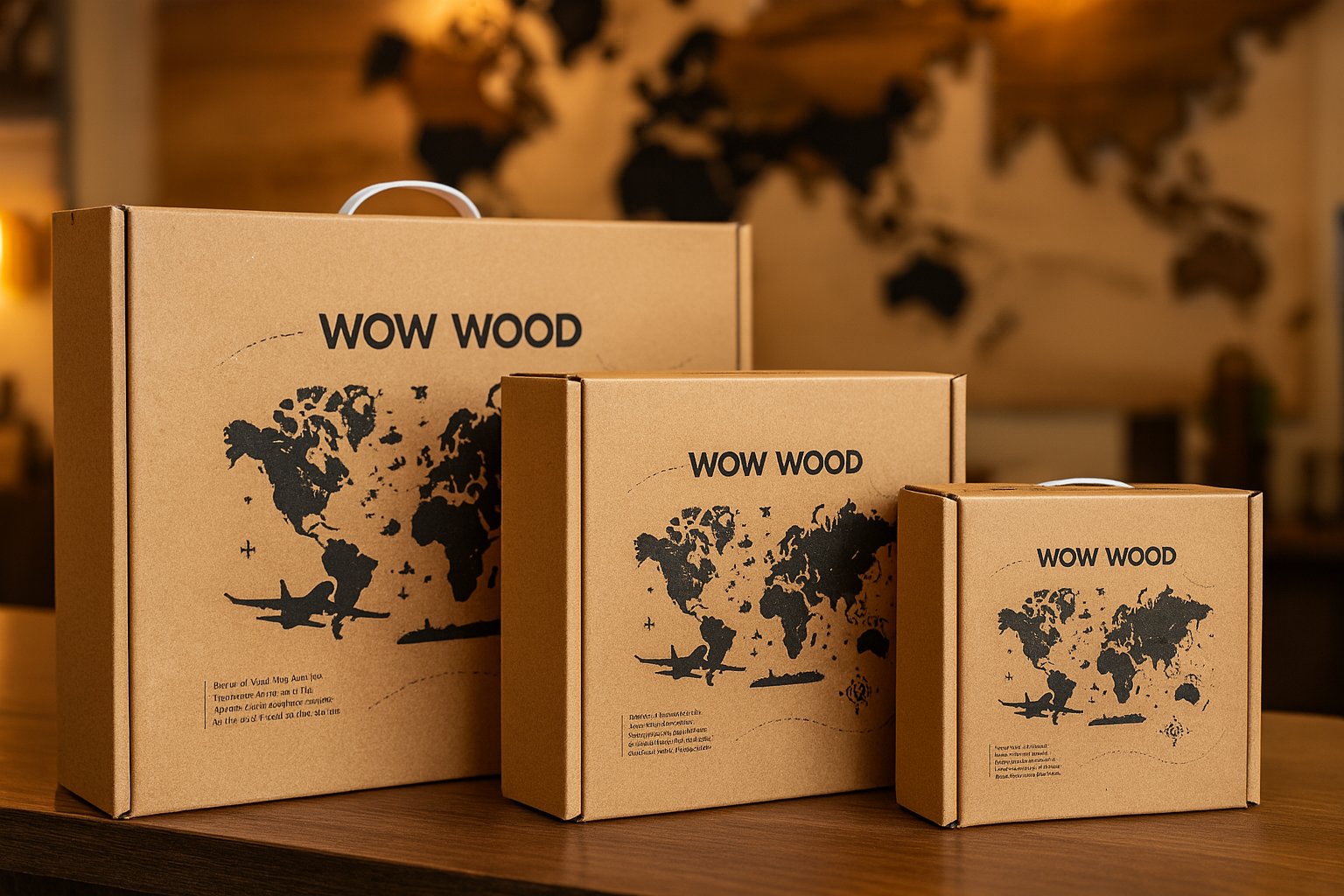
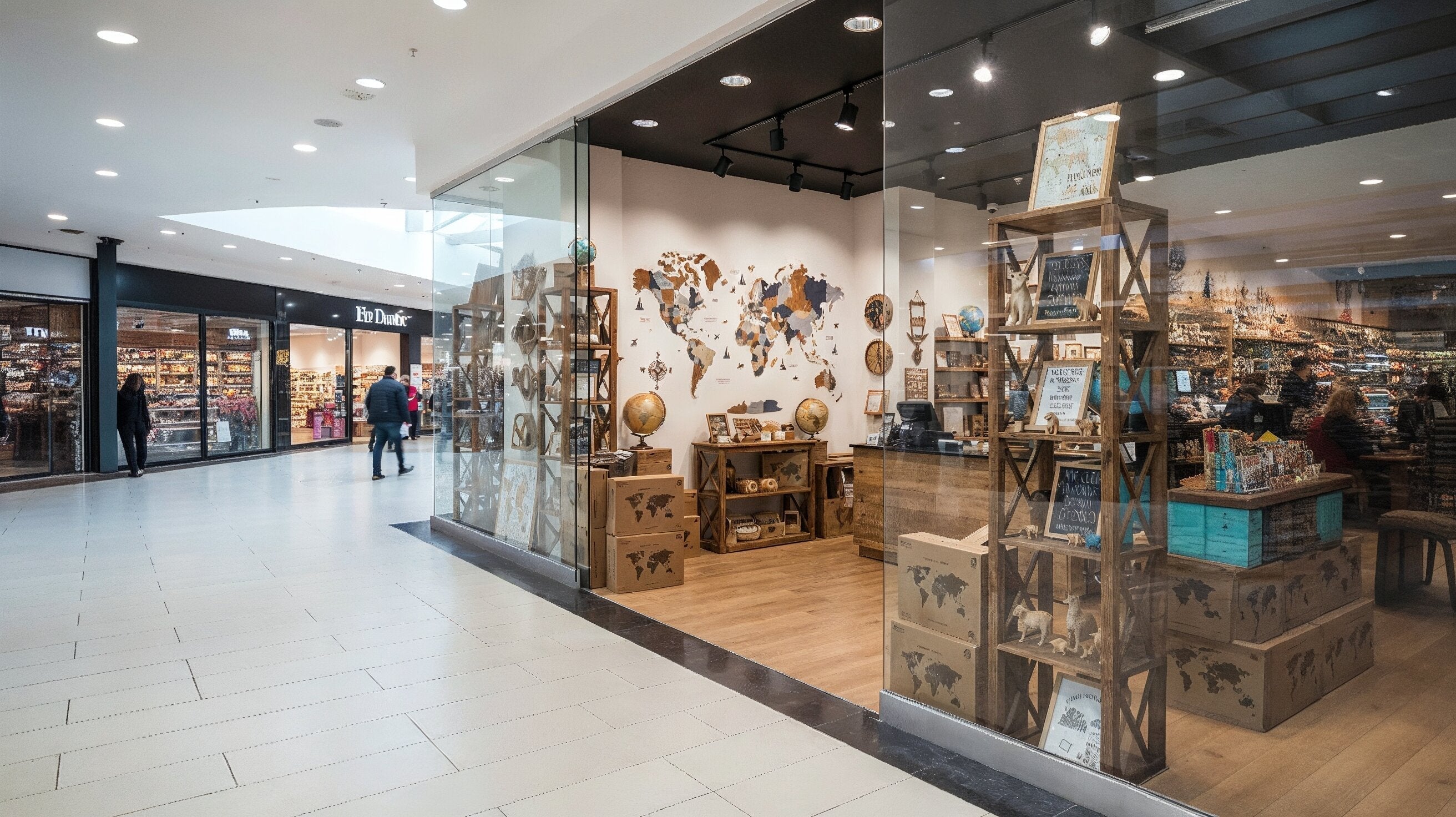

Share: